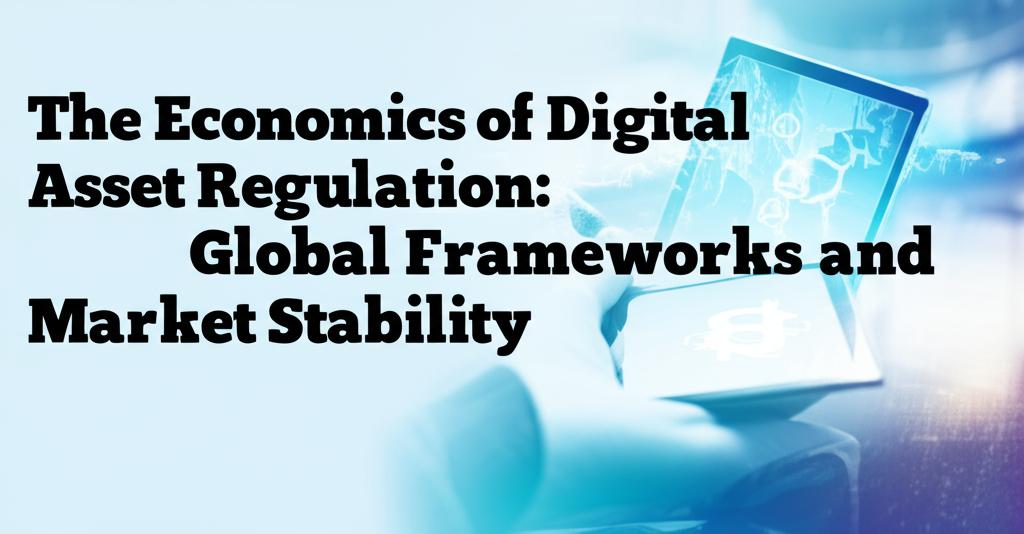The global landscape of digital asset regulation is rapidly evolving as policymakers strive to balance innovation with crucial safeguards for market stability and investor protection. Recent developments in early 2025 underscore a concerted international effort to establish clearer frameworks, though the approaches and timelines vary across jurisdictions.
A key trend is the increasing integration of crypto-assets into mainstream finance. Authorities globally are launching sandbox environments and pilot programs for tokenizing traditional securities, such as government bonds. This move signals a growing acceptance and a desire to harness the efficiencies of distributed ledger technology within regulated financial systems. The approval of crypto-based investment products like ETFs in various regions further reflects this integration.
The European Union's Markets in Crypto-Assets Regulation (MiCAR) stands out as a comprehensive framework that began implementation in mid-2024 and became fully effective in December 2024. MiCAR aims to provide legal clarity and foster growth while ensuring consumer protection. Its influence extends beyond the EU, setting a precedent for other nations. Firms are now navigating MiCAR compliance, with potential impacts on market access and operational strategies depending on national implementation nuances.
In the United Kingdom, momentum for digital asset regulation is strong, with the government reaffirming its commitment to regulating cryptoassets. Plans are underway to bring a broad range of cryptoasset and stablecoin activities into the regulated financial services perimeter, with detailed rules on trading, custody, and disclosures expected to be consulted on and implemented progressively from 2025 into 2026. Stablecoins, in particular, are receiving heightened scrutiny worldwide as regulators work to establish robust standards.
The United States is also seeing a shift towards greater regulatory clarity. Recent executive orders aim to establish a federal framework for digital assets. Agencies like the Securities and Exchange Commission (SEC) and the Commodity Futures Trading Commission (CFTC) continue to shape international standards through their enforcement actions and new task forces dedicated to providing clearer guidance on digital asset classifications and custody. Bipartisan congressional efforts are also focused on drafting stablecoin and broader digital asset legislation.
Globally, there's an intensified focus on Anti-Money Laundering (AML) and Know Your Customer (KYC) requirements for digital asset transactions to combat illicit activities and enhance market integrity. The Financial Action Task Force (FATF) continues to monitor global implementation of its recommendations, highlighting that while progress has been made, it is still lagging in some jurisdictions. Regulatory bodies are also strengthening data governance frameworks to ensure the integrity, security, and transparency of digital asset transactions.
While some jurisdictions are adopting a catch-all regulatory definition for digital assets, others are implementing more detailed definitions based on the asset's economic function, emphasizing substance over form. This divergence in approach highlights the ongoing challenge of achieving global regulatory harmonization.
The economic implications of this evolving regulatory landscape are significant. Clearer regulations are seen as key to fostering institutional adoption, which can bring greater liquidity and long-term stability to digital asset markets. Regulatory frameworks aim to protect consumers and investors, thereby building trust in the ecosystem. However, the rapid growth of digital assets, particularly stablecoins, also presents potential macroeconomic risks, especially for emerging economies, including impacts on monetary policy effectiveness and capital flow management.
Decentralized Finance (DeFi) remains an area of focus, with regulators analyzing its growth and potential risks, including money laundering and terrorist financing. While DeFi is still considered a niche phenomenon by some measures, its interconnectedness with the broader crypto market warrants ongoing assessment.
Overall, 2025 is proving to be a pivotal year for digital asset regulation. The drive for comprehensive frameworks that support innovation while mitigating risks to financial stability and consumer protection is a common thread across major jurisdictions. While the path to global harmonization is complex, ongoing dialogue and collaboration among standard-setting bodies, regulators, and market participants are crucial for fostering a secure, transparent, and dynamic digital asset ecosystem.

